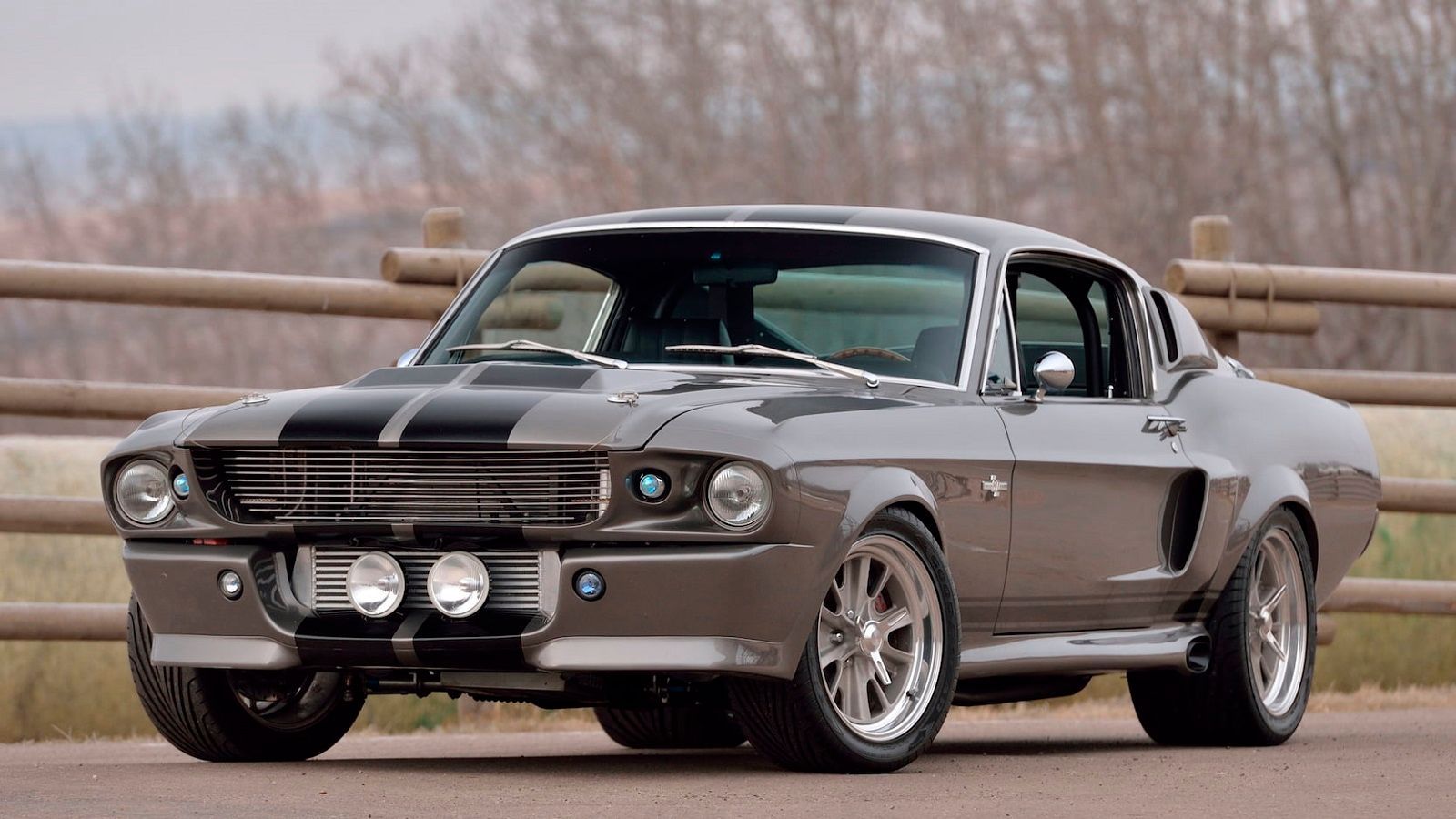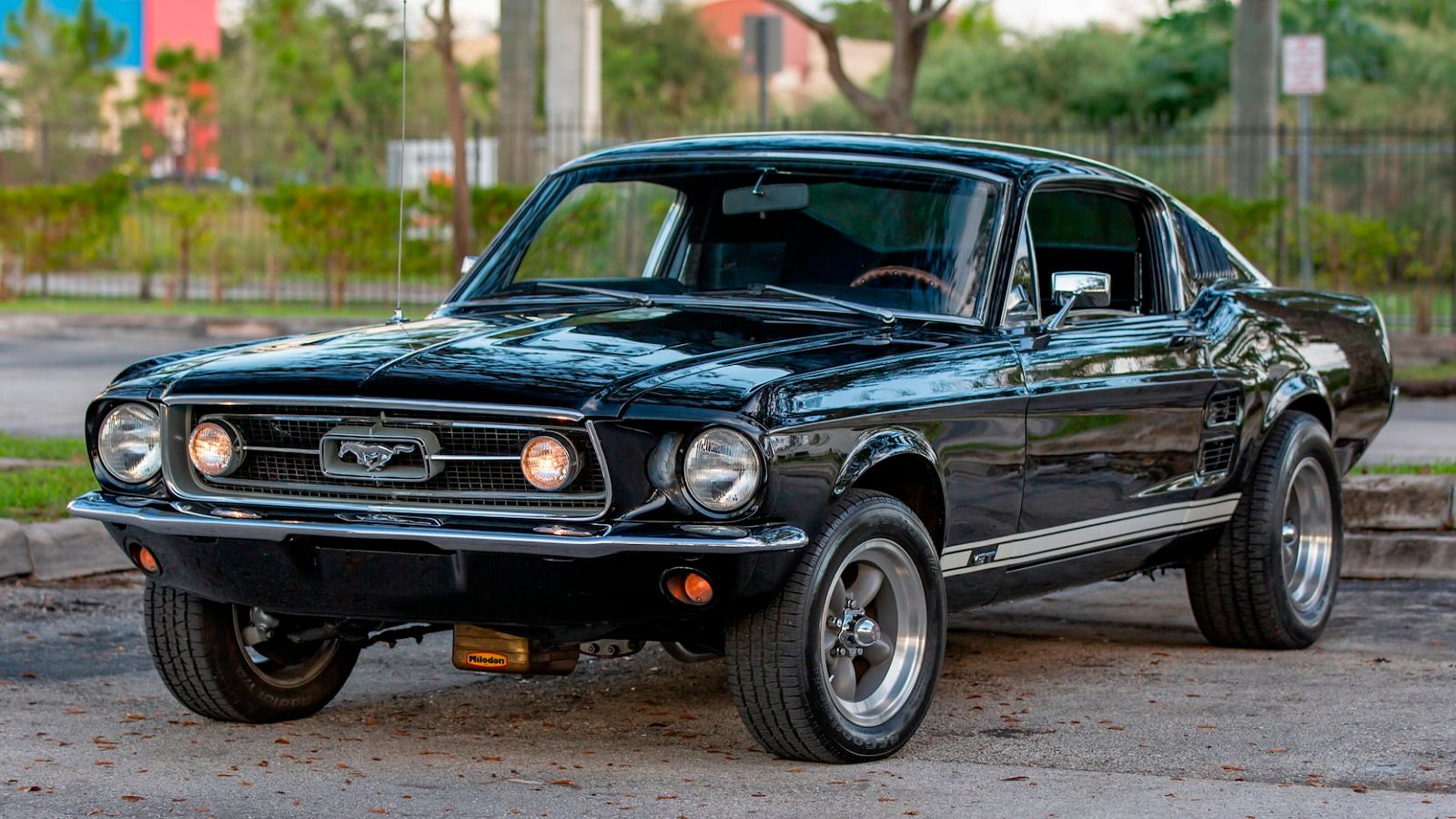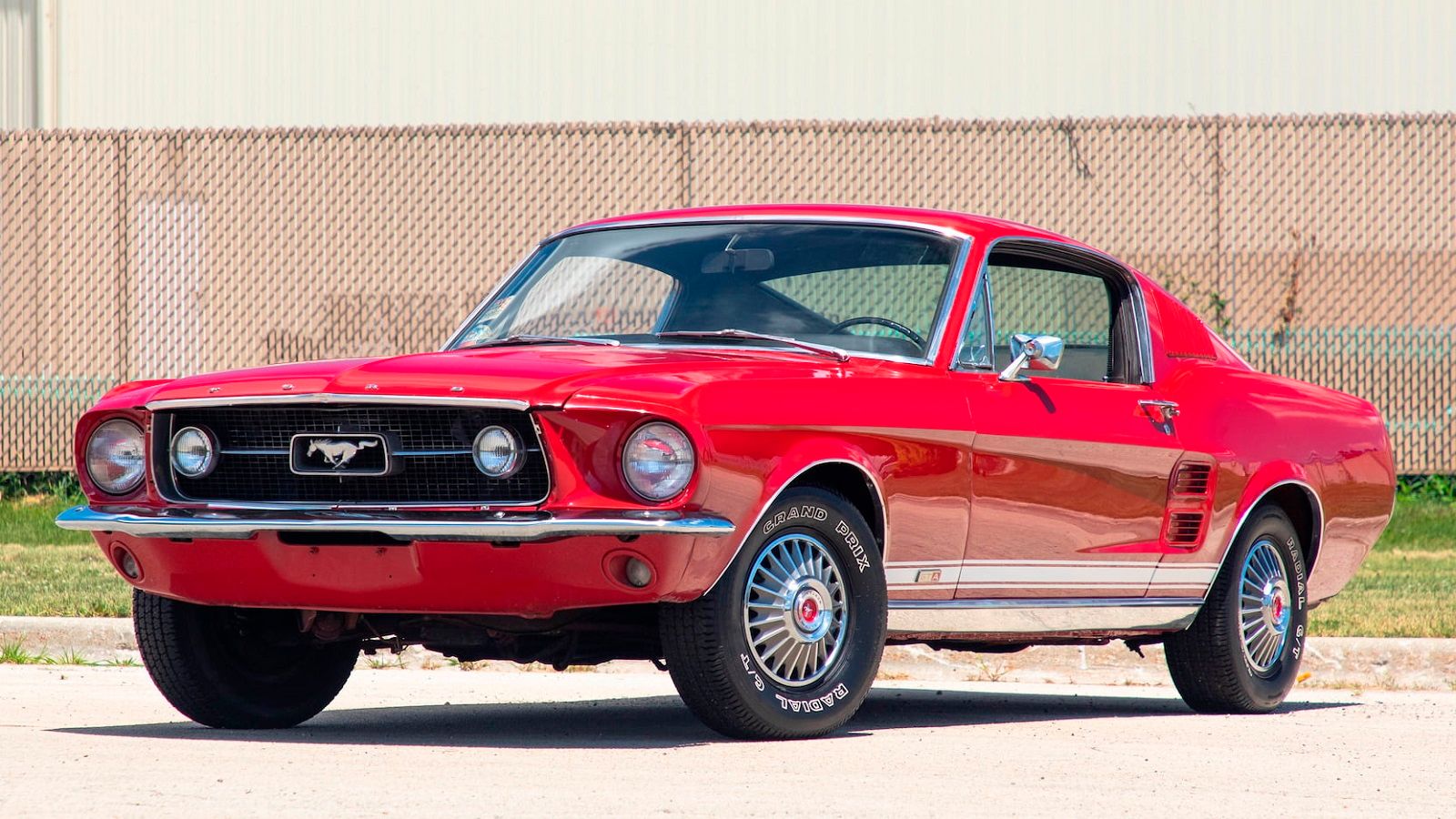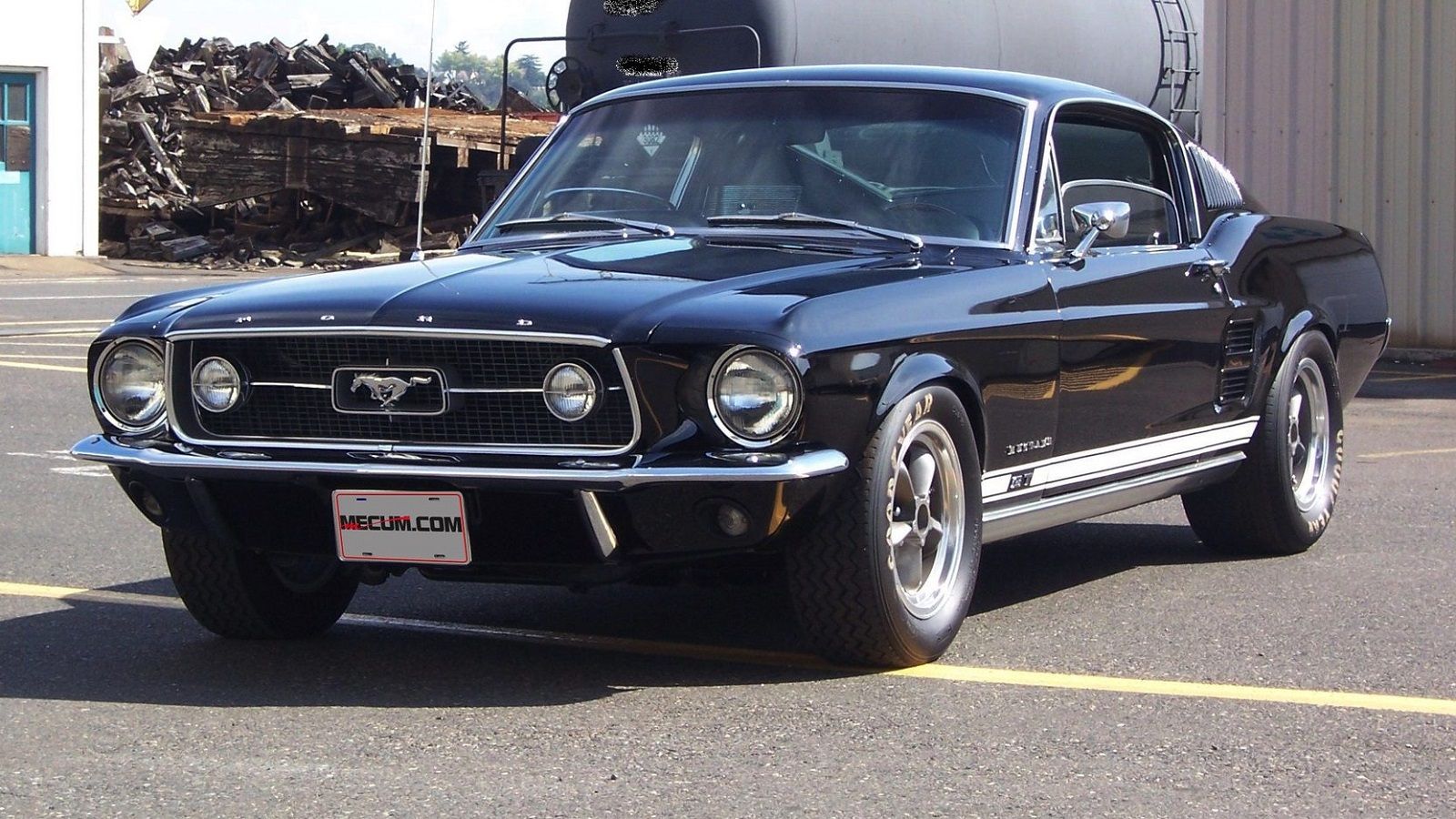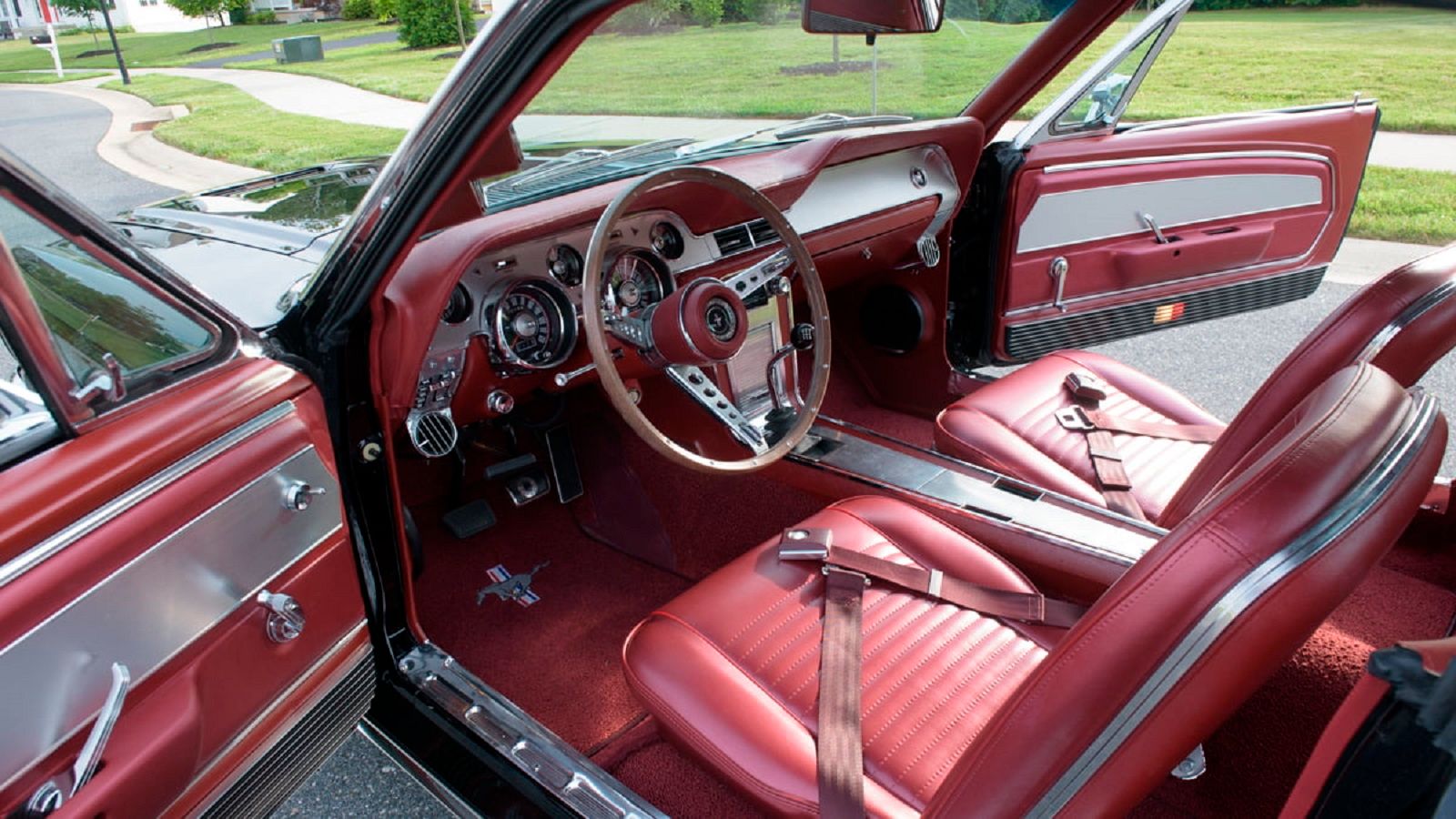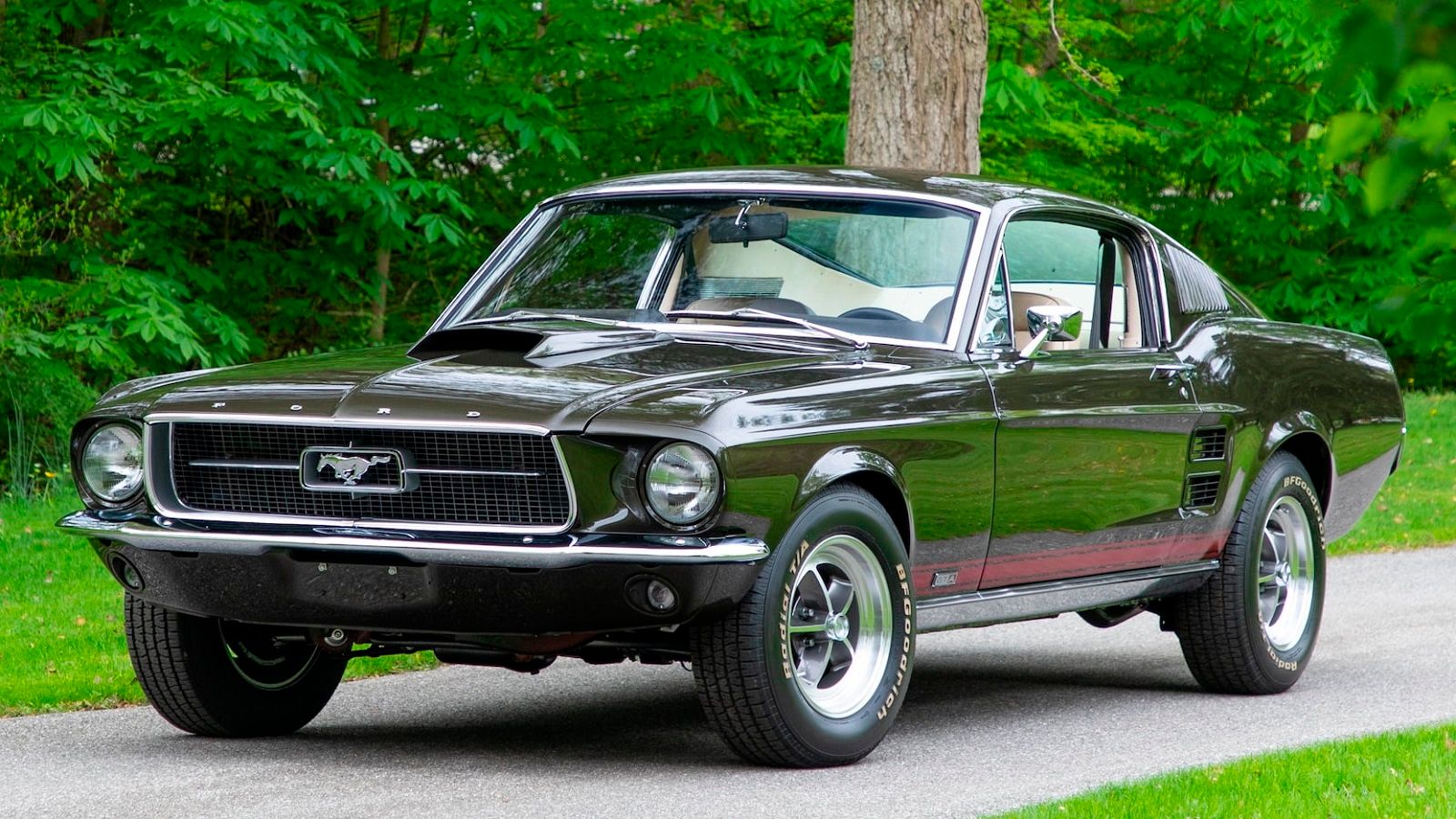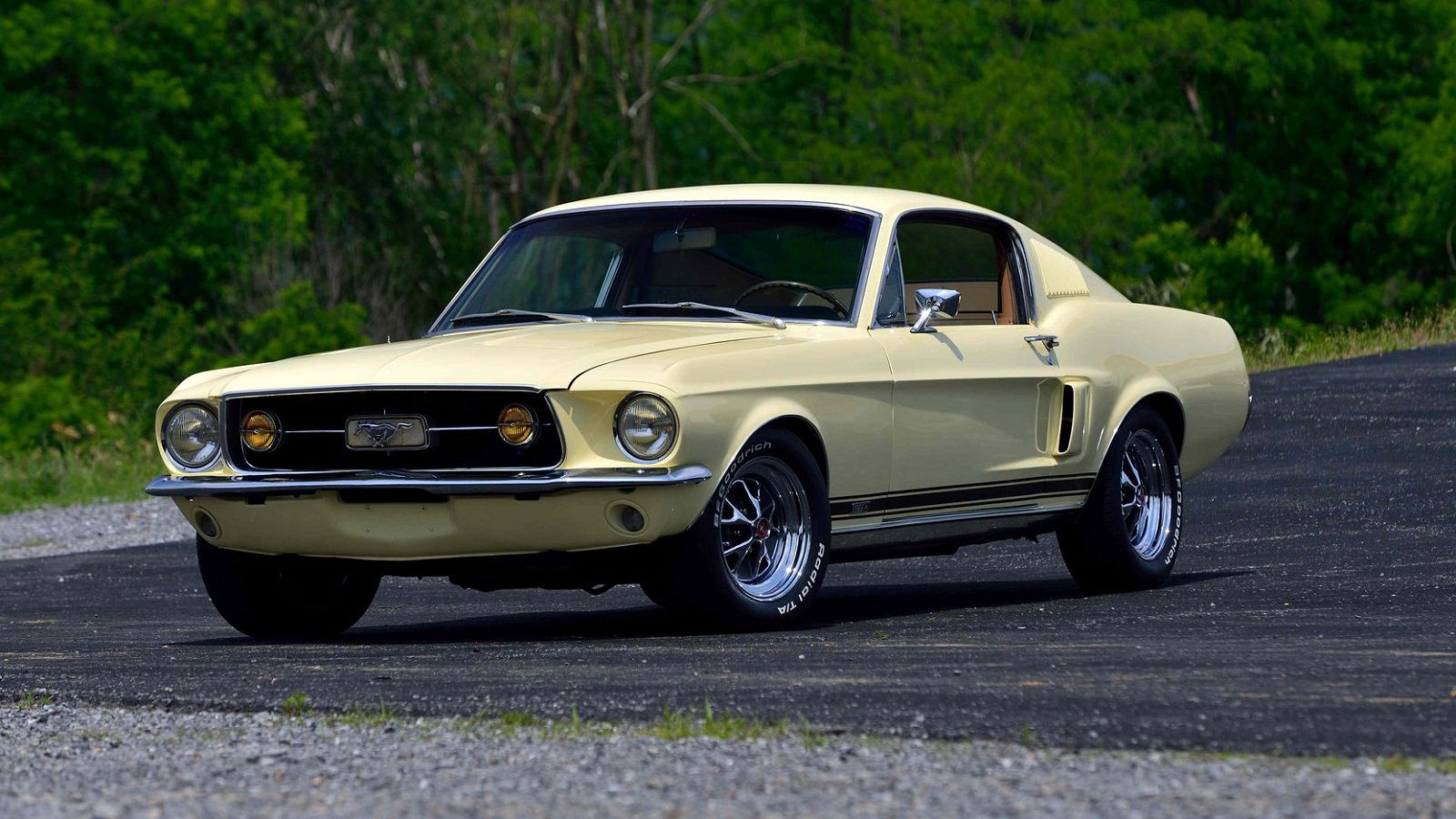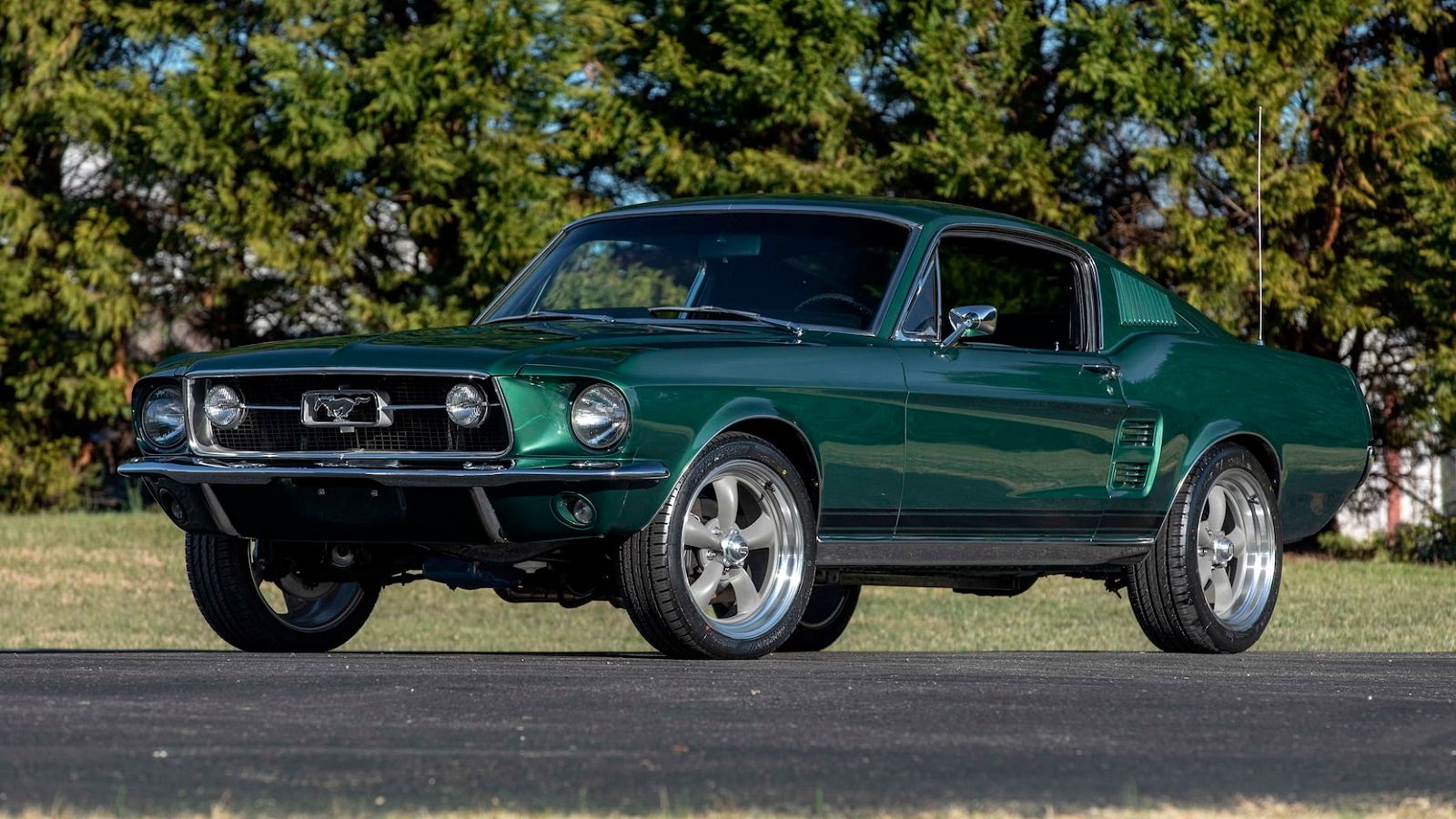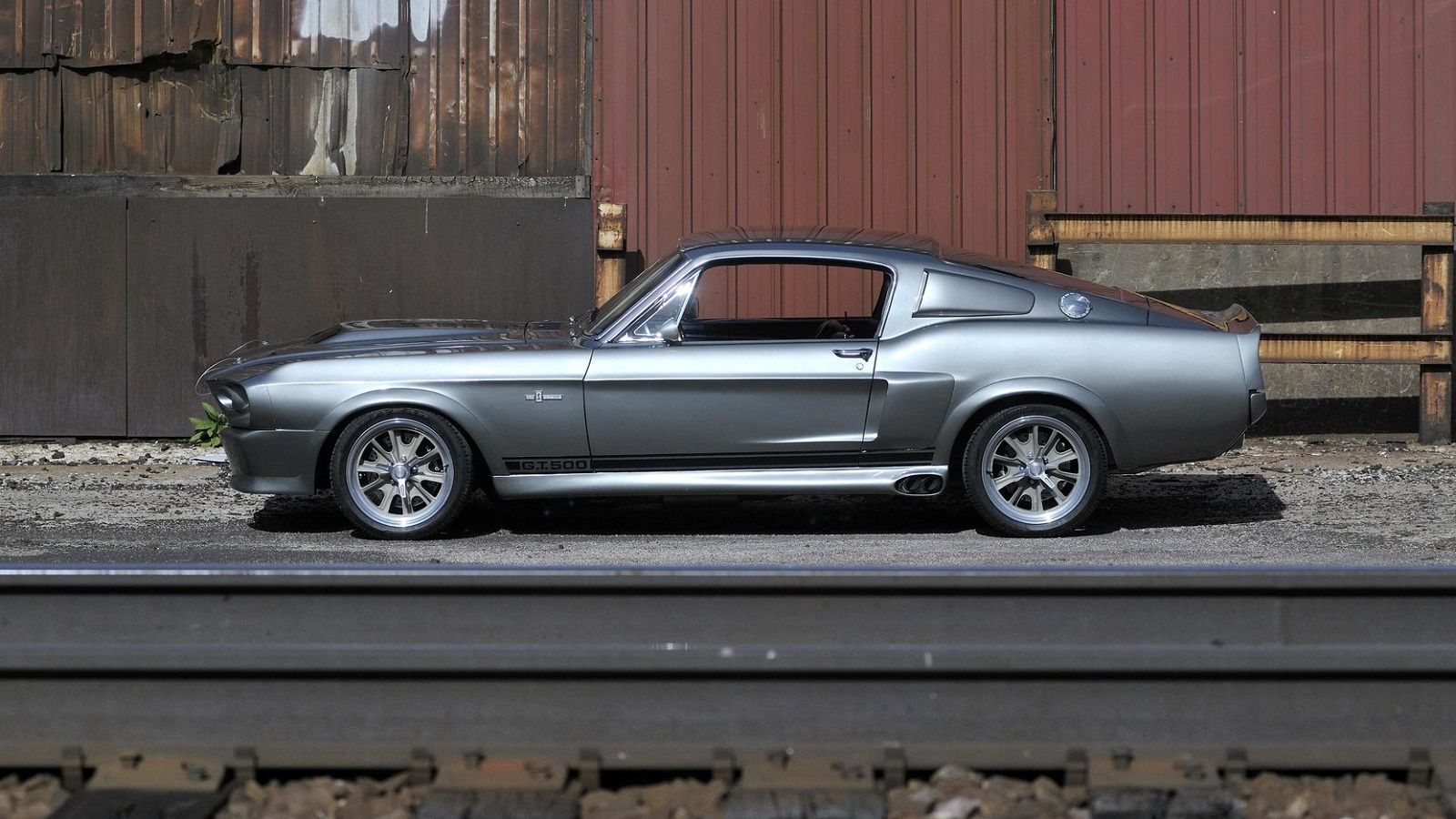In the auto industry, an iconic car is any vehicle that has substantially impacted people, carmakers, and designers. This could be anything from cars like the Model T from Ford, the primary starting point for American-made cars, or the 2023 Dodge Challenger SRT Demon 170, the last and greatest of its kind. When going back in time and talking about some of the most iconic classic muscle cars of all time, the Mustang and Corvette are at the top of the list.
The first generations are the major contributors to the car lineups, but they may not always be the best because all new vehicles have some growing pains. It is nearly impossible for a company to get everything perfect the first time, which is why cars like the 1967 Ford Mustang Fastback are so important. It is a car still in the model's first generation, but it had some profound changes that improved the it.
As the future continues to unfold, all the classic internal combustion engines will continue to be improved upon, giving each and every model year a reason to be iconic in its own unique way. Plus, when a car is repeatedly used in movies on the big screen, it is hard not to say it is iconic and famous. Let's dig a little deeper into why the 1967 Ford Mustang Fastback has earned its own reputation as an iconic car sought after by muscle car lovers and collectors worldwide.
10 First Mustang Redesign That Increased The Stability Of The Fastback Mustang
The first few years of the Mustang were a smashing success when it came to sales, but the car's handling was not the best. In fact, unless the person behind the wheel was a seasoned driver, they found it hard to stay on the road. This was caused by a few things, but the size was the most important. The 1967 Ford Mustang Fastback was lengthened out by about two inches and was widened by just over two inches.
The height to the top of the roof was increased by half an inch, and the weight went up by almost 100 pounds. All this improved the handling of the car because it allowed the suspension to do what it was designed to do. Granted, more weight usually slows a car down on the quarter-mile track, but if the Mustang cannot stay on a straight path, the extra speed will not help.
9 Hood Louvers Have Blinker Lights Facing The Driver
The idea behind inset hood louvers is a good one because it helps get air under the hood to not only help cool the engine but to help get the perfect amounts of air into the air/fuel mixture. Without a way for air to get where it needs to be, the most powerful muscle car would not be able to run at optimal levels.
The louvers in the 1967 Fastback were unique in a way that made the Ford stand out above the rest of its rivals. Installed in the side of the louver are blinker lights that work in tandem with the ones on either end of the car, but they were facing towards the driver to let them know if their blinkers were actually on.
8 New Aggressive Styling For The 1967 Ford Mustang Fastback
The fastback design was exciting for buyers who wanted a car that looked aggressive and formidable. For the 1967 Mustang, the back became more prominently sloped, giving the Fastback a more sleek appearance. The front grille was made larger to increase the breathability of the car, but also to give the driver in front of the car look in the rearview mirror a vision of aggression. Think about it this way: a person with an open snarl on their face will be more intimating than a person with a smile, which is what the concept of the open grill is all about.
7 1967 Ford Mustang Fastback Had A User-Friendly Interior
The first couple of years of first-generation Mustangs was a period of trial and error, with little effort put into the interior design. That is not to say that the earlier 'Stangs did not have nice interiors, but not much effort was put into making the car's cockpit a place to get lost in. In 1967 Ford began implementing some of its finer interior improvements into the Fastback Mustang, even if they were options and not standard yet.
First, the new dash had a fresh design that came with all the instruments needed, including a tachometer. Integrated air conditioning ducts were also included to help keep occupants cool when on the hot asphalt. The once plain seats became thick and plush, allowing the driver to be behind the wheel longer before becoming uncomfortable.
6 On The 1967 Mustang There Was A Choice Of Trim Levels To Match Any Tastes
There were so many special editions and variants that it would take a separate list to name them all. It was important for buyers to get any trim level they wanted. The Shelby GT350 and Shelby GT500 were two of the most popular choices because they were designed for power and torque.
Others were more about the interior and exterior appearance than the performance. Then, of course, there were some choices that combined the best of both worlds, giving a unique outer appearance with the big block engine that took the streets by storm.
5 The First Big Block Was Available For The 1967 Ford Mustang
Up until 1967, the go-to engine for the performance-designed Fastback Mustang was the 289 with a four-barrel carburetor perched on top of the intake. The larger size of the '67 Fastback helped create some extra room under the hood, which could be used to slide a big block 390 under the hood.
The monster 427 engine was not available in the Mustang yet, but the big block 390 was more than adequate. The 390 in the 1967 Fastback could produce up to 320 horsepower and had a torque rating of 427 pound-feet. For many, the 390 was considered one of the best classic engines built by Ford, other than the 302, which is so simple to work on.
4 1967 Fastback GT Was The King Of The Streets Throughout The Year
By the end of the '60s, the glorious muscle car era was beginning to wind down due to rising fuel prices, increasing insurance costs, and the new emissions regulations that were going into effect in the '70s. The carmakers out of Detroit were battling it out on the streets and in the designing rooms, trying to take the top dog spot for the year.
In 1967, the car that could be consistently found as the winner in a quarter-mile battle was the '67 Ford Mustang GT. The Fastback GT could push from 0 to 60 in 6.2 seconds and shoot down the quarter-mile track in just over 15 seconds. They are not great by today's standards, but in 1967, they were impressive times for any production car.
3 1967 Fastback Was Made Famous By Steve McQueen
Because of the remake of Steve McQueen's classic movie "Bullitt," the Fastback GT Mustang used in the film is commonly confused for a model year earlier, 1967. So, even though the Mustang he drove during the chase through town was a 1968 Ford Mustang Fastback GT, it is commonly thought of as a 1967 model. This may not seem too fair for the '68 Fastback, but when it comes down to it, Steve McQueen was such a famous actor that any Mustang GT instantly became an iconic car because the year is not as important as the Fastback GT designation.
2 The 1967 Ford Mustang Fastback Is Eleanor
Movie lovers, classic car enthusiasts, muscle car dreamers, and even gearheads from around the nation all know who "Eleanor" is. Or, in this case, an it because "Eleanor" is not a person but rather a car. Not just any car, either. It was the pinnacle of cars in 1967, the Fastback Mustang GT.
Cage drives the vehicle in one of the most awe-inspiring chases of all time, taking the local cops on a guided tour of the town at high speeds until he finally gets away. Since the movie came out in 2000, the 1967 Ford Mustang Fastback GT has been a car worth getting. As such, it has become a highly sought-after collectible, especially the one that was used on the set of "Gone in 60 Seconds."
1 '67 Fastback Was The Car From Tokyo Drift
The "Fast And Furious" series of movies has created a massive shift away from old classic cars towards the smaller vehicles that weigh less and can be driven on street courses, especially those that require a little drifting to get around the corners. Even though some great classic muscle cars are in the movies, such as the 1967 Ford Mustang Fastback that the dad in the armed forces had stashed in the garage, most of the vehicles in "Tokyo Drift" were not old-school muscle.
Even though the '67 'Stang lost all its power components, the car still made a grand showing against Japan's top drift racing champion. The final race left a significant impression on the public, giving a new look at a classic car.

